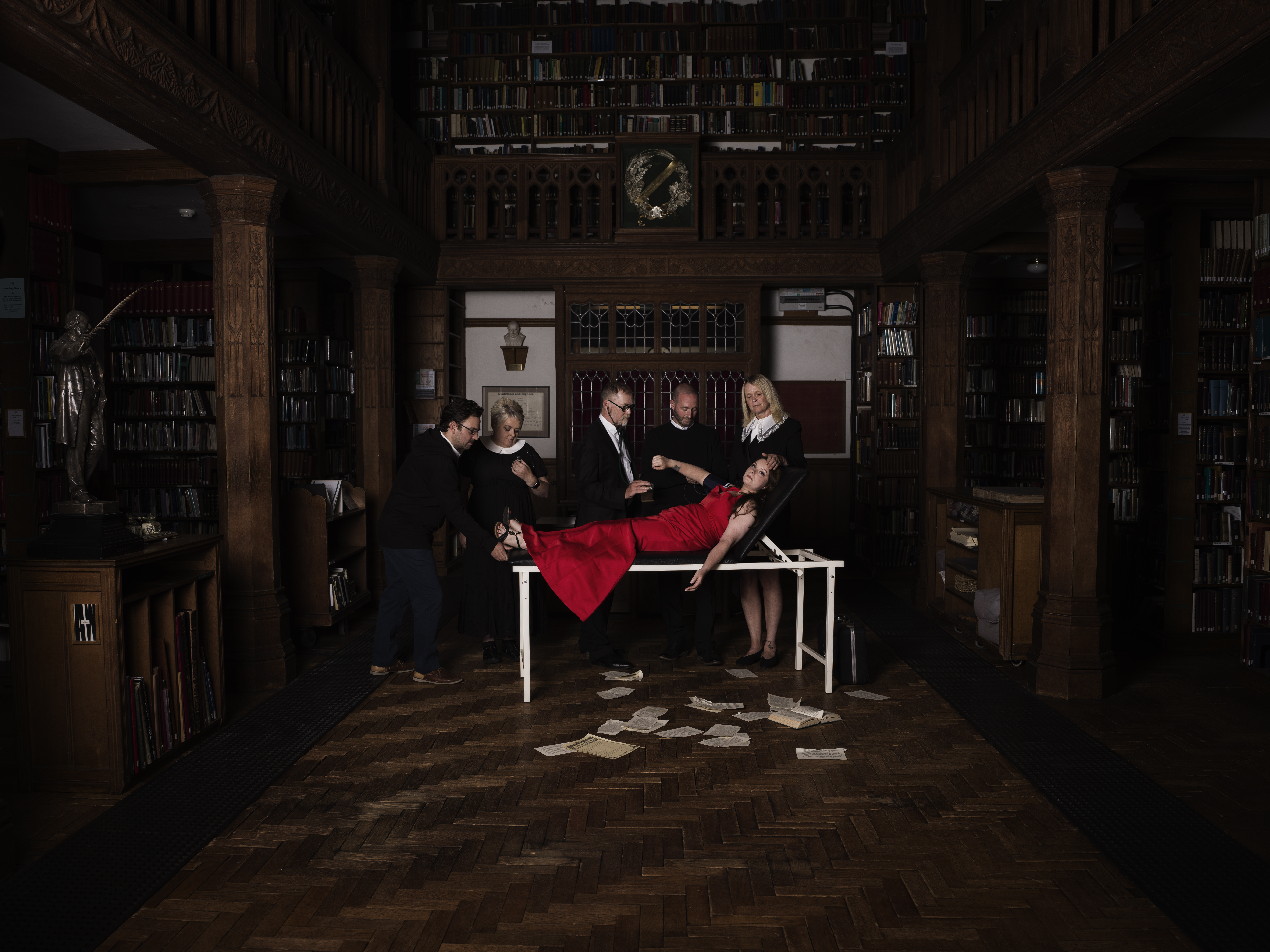
How Do You Capture ‘Living With Dying’ And The Need For Care In Just One Photo?
As a photographer and filmmaker I am used to building a scene to encourage people to want to know more as this is what I have set out to do through my organisation, Same but Different, that uses the arts for positive social impact. The lead image in our forthcoming exhibition though was personal as it stemmed from my own family’s experience of caring for my mother in her final days. Sadly, my family’s experience was one of enormous difficulty and pain. Unfortunately we did not experience that wrap around care that you hope for.
Driven by this experience I wanted to explore “What Matters Most?” in living with dying and the difficulties people face to get support. Through raw and honest interviews – including with my sister, Alison, as well as people who have been given a terminal diagnosis, their loved ones and care givers – I have created what I hope is a thought-provoking film and atmospheric exhibition.
In collaboration with Hospice UK and Marie Curie and with support from the National Lottery Community Fund, the team at Same but Different were able to talk to people with a terminal diagnosis and their relatives to understand what a difference it can make if the right support is available.
You expect your parents to die but you expect there will be care there, there will be help when you need it, unfortunately in our situation that wasn’t the case. From being told there was nothing that could be done to dying it was only three weeks. We thought that my sisters, one of whom is a nurse, would be able to care for mum and that we would have time to sit and reminisce with her and make that time meaningful, but it was far from the reality. I visited daily and you could see that from the beginning it was a struggle. Mum very quickly lost her ability to walk because she was in so much pain, and as there was no information on where you could access things as simple as equipment, she even had to do her toileting in a vegetable scraps box for a couple of days as we had to try and find where to get a commode. Her pain was through the roof and yet once she had signed a Do Not Resuscitate form we did not see a GP again. This all took place during Covid and whilst I understand these were unprecedented times, we strongly believe a lot of what went wrong around Mum’s care would remain the same today.
My sister, Alison explained “She loved her house and wanted to be in it. Her last two weeks were horrific with the pain, no-one was listening. We made 43 phone calls in 2 days [to try to get effective pain medication]. It was too little too late… when the palliative care team finally came…and she slipped into a coma. I was unable to talk to her, I was too busy on the phone and that will always be a regret for me…”
My family’s experience highlight the difficulty of accessing support where and when you need it. It made me realise that there will be others out there, maybe less able, who can’t access help.
You can see more images, read the stories and watch the films on the exhibition page on the Same but Different website.
More info: samebutdifferentcic.org.uk
Support is everything
The main image in the exhibition was created using Rembrandt’s painting ‘The Anatomy Lesson of Dr. Nicolaes Tulp’ as inspiration.
At the time he painted his image death was not something hidden away. It was discussed much more openly. I saw this image and recognised that at the heart of my photograph I wanted the person who had been diagnosed with a terminal condition. In this case, Megan, who was diagnosed with ocular melanoma has sadly been given a terminal diagnosis. Using echoes of this painting, I did not want to clutter the scene and distract from the central person by including different work uniforms and so opted for black and white outfits for the carers. As with Rembrandt’s image I used a mise-en-scène placement of participants to reflect their caring role and keep Megan at the heart of the image. Each person surrounding Megan is a healthcare professional or carer.
In the image you can see:
Standing, Left to Right Dimitar, Megan’s fiancé; Angie, Marie Curie Palliative Nurse; Dan, Retired G.P.; Martin, Paramedic; Leila, Healthcare Assistant and lying down is Megan.
What matters most?
The exibition includes photography, film and written narratives where you are introduced to the experiences of those living with dying and the caregivers involved in providing care and support.
The film accompanying the exhibition is an honest, raw and inspiring account of ‘what matters most?’ in life and in death aimed at improving end of life care provision in Wales through the experiences of those receiving and delivering care.

 Dark Mode
Dark Mode 

 No fees, cancel anytime
No fees, cancel anytime 






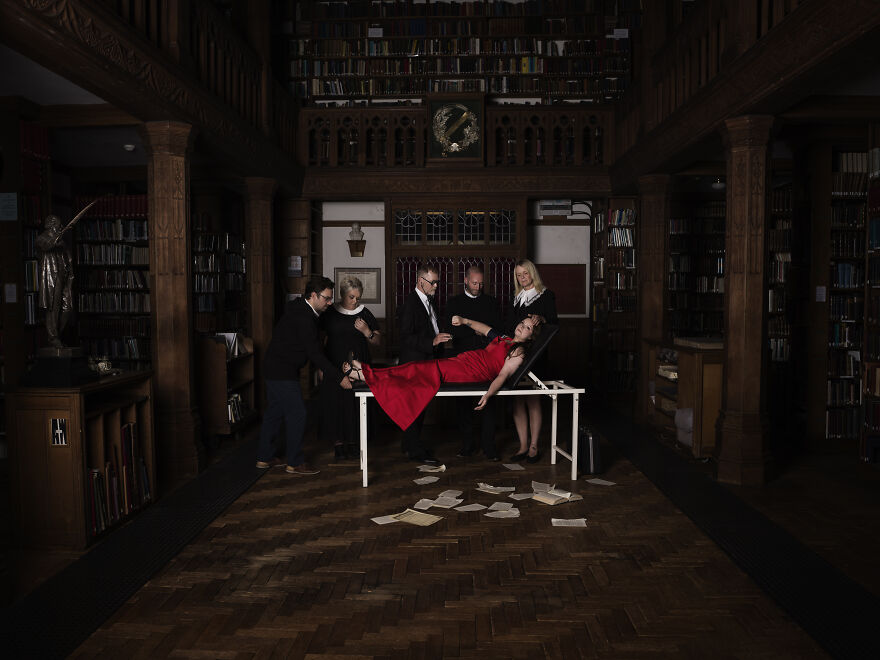

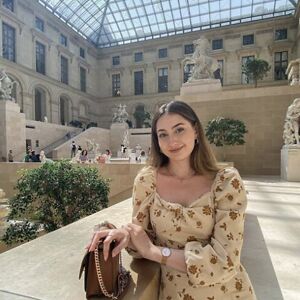


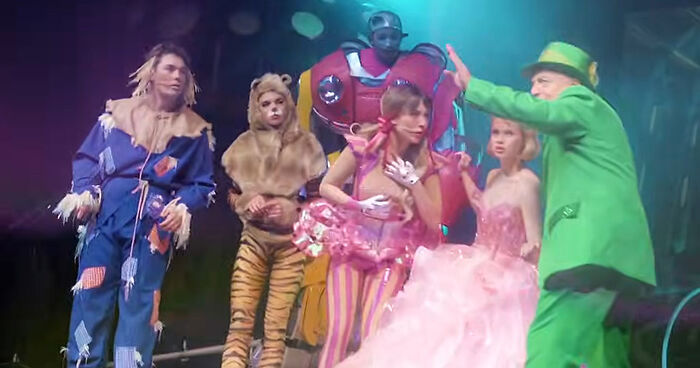
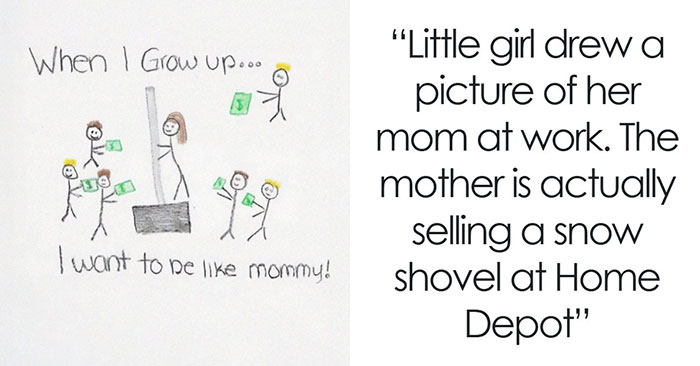
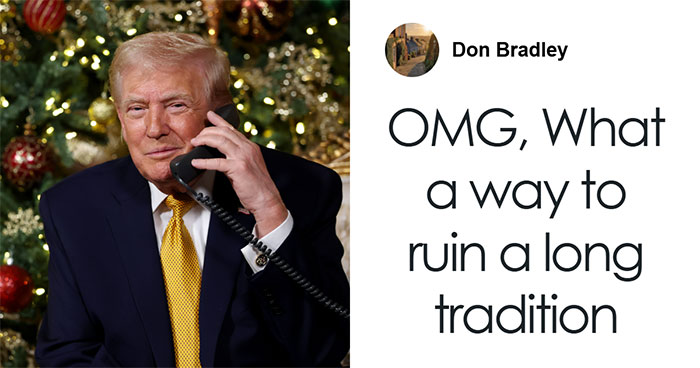
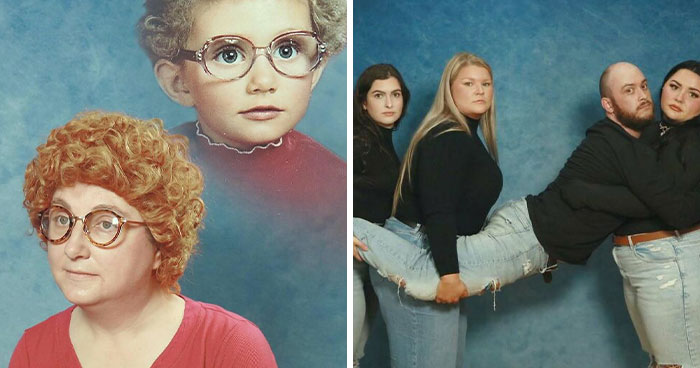
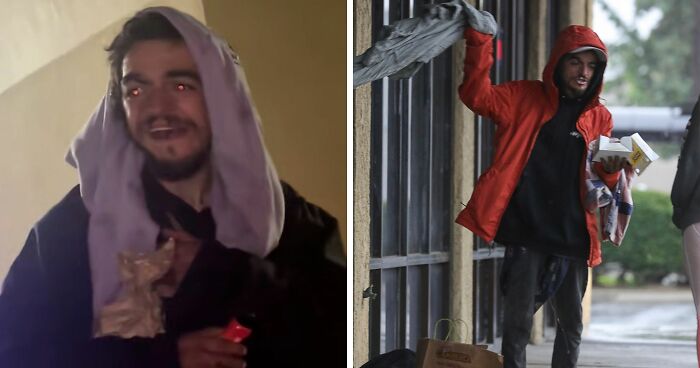
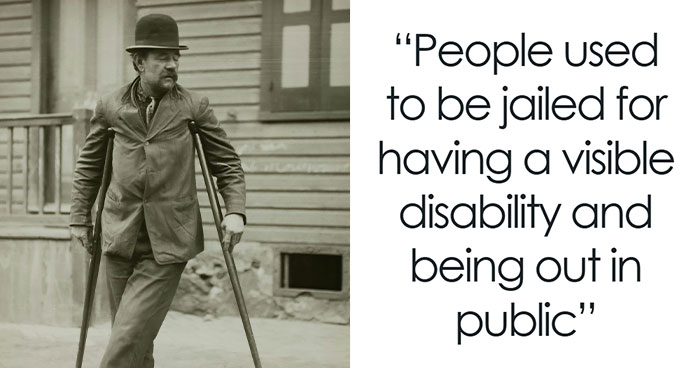
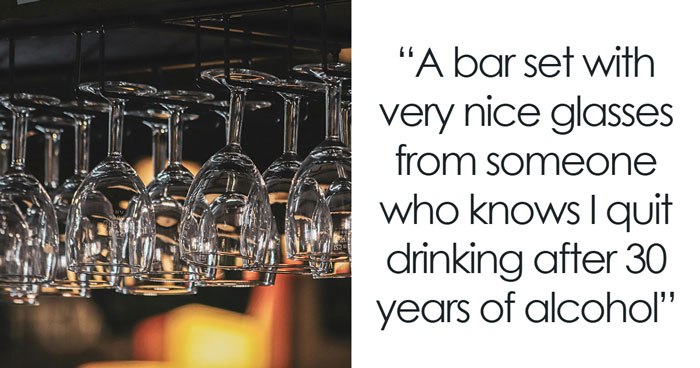
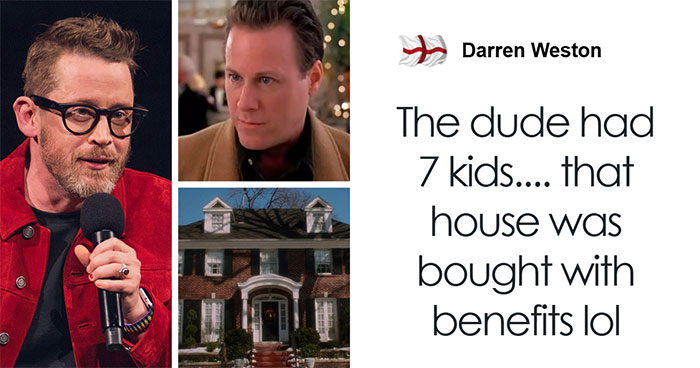
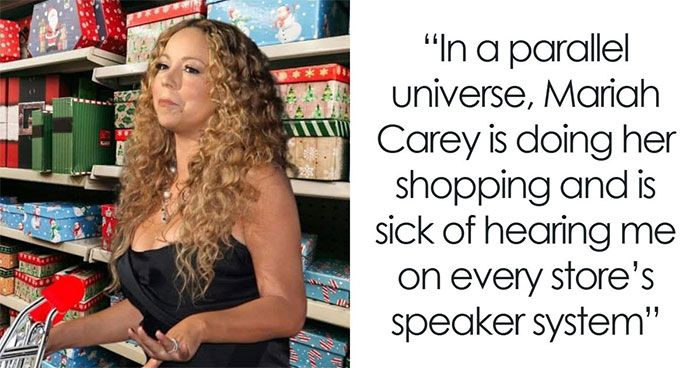
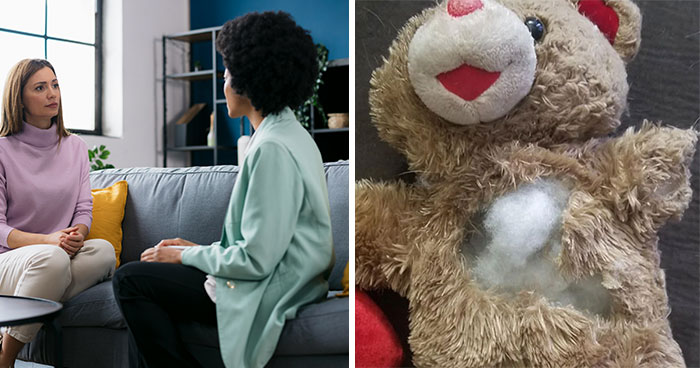







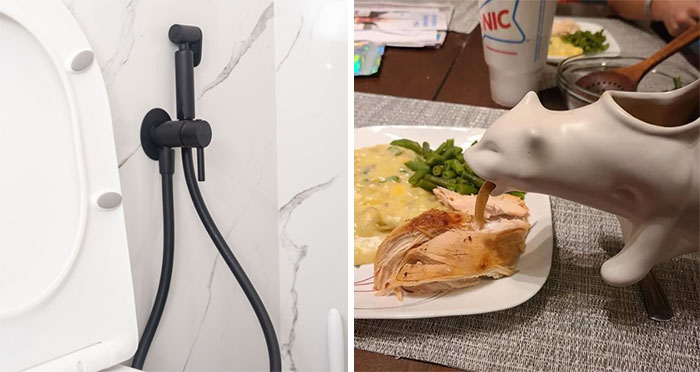

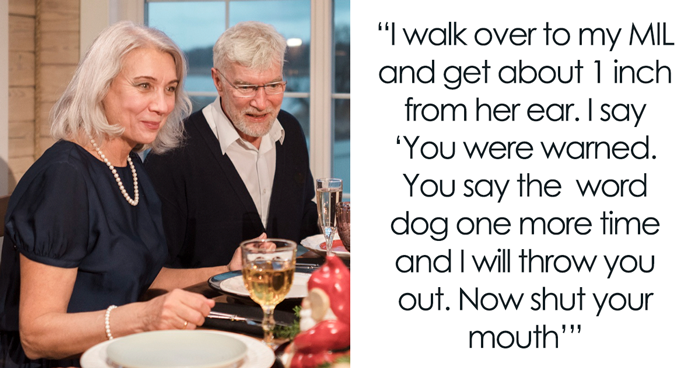




















1
0